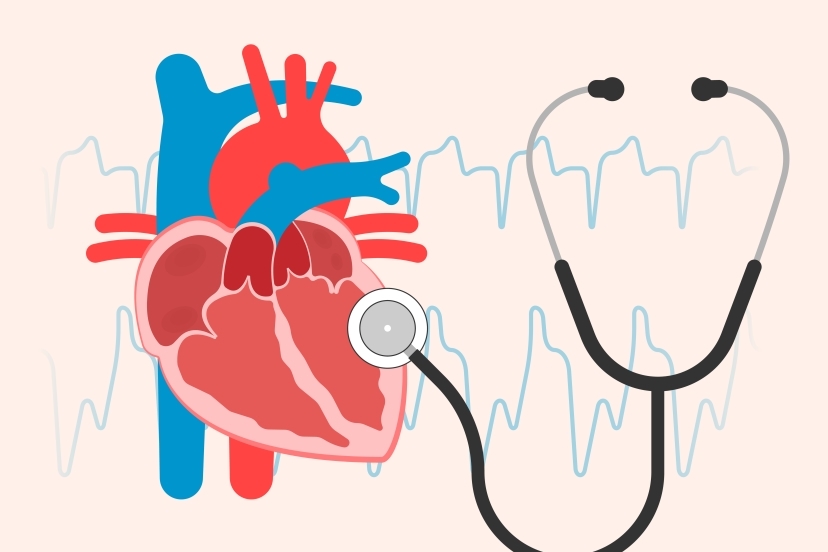Inconsistent treatment of hypertension can lead to deaths from aortic aneurysm.
This is because aortic aneurism is common in older people, especially those who smoke extensively. For elderly people who belong to the risk group, we would like you to learn a bit about aortic aneurism.
Where is the aorta located, and why is it important?
Try to imagine the aorta as a main water pipe that stretches long down the body and branches out to nourish important organs like the heart, brain, spinal cord, arms, legs, liver, kidney and intestines. If a major abnormality occurs to the aorta, it is certain that these various organs will be impacted, and a ruptured aorta can even lead to death.
Beware of aortic rupture.
Assoc.Prof.Dr. Kittichai Luengthaviboon, Medical Specialist in Cardiothoracic and Cardiovascular Surgery, Phyathai 2 Hospital explains that “aortic aneurism and rupture can happen anywhere on the aorta from the cardiac section to the abdominal section that branch out to supply both legs. Importantly, it is dangerous because this disease might produce no symptoms until after a major bulge has occurred and if it ruptures, it will cause blood loss in the circulatory system and leads to death in a very short time.”
“The cause of this disease is inconsistent blood pressure, and symptoms often do not appear until the aorta has become enlarged to the point of nearing rupture.” The disease symptoms could include pain on the chest, middle of the back or in the abdomen, and upon palpation, there can be a lump that is detected long the pulse toward the umbilical, depending on the site of the aneurism. In addition, aneurism that places pressure on nearby organs can cause voice hoarseness, coughs, bloody coughs, and heart-failure-induced fatigue, and the condition’s onset in the abdomen can put pressure on the veins and cause swelling in the legs
“To treat aortic aneurism, if it is treated after its rupture, the fatality rate is very high. For good outcomes and safety, it is better to treat it before symptoms develop.”Therefore, elderly patients who might fit the criteria to be in the risk group should quickly seek early check-ups. That being said, there are two ways to treat the disease. Open surgery involves big, open wounds that take a long time to heal, while causing blood loss during surgery and creating risk of paralysis in the case of aortic surgery, since it has branches that supply blood to the brain. Today, however, aside from the aortic section connecting to the heart, we can treat it without requiring major surgery. Instead, an incision that is about 1 inch in size is made at the groin and then a stent and graft are inserted and placed to cover the site of the aneurism. As result, blood will only flow through the aortic replacement, and the bulging walls will not come into contact with blood, nor rupture. Instead, they will gradually shrink around the graft. With this treatment, the patient can quickly get up and walk around and recover quickly with only a short hospital stay before returning to normal living. However, the treatment of aortic aneurism by use of stent graft and aortic replacement that has become the standard method for this disease might have some contraindications in places where the aneurism cannot be treated or in patients whose physiology is unsuitable for the treatment. Furthermore, the treatment must be performed by a highly-experienced doctor. Therefore, the sooner it is discovered, the sooner and the safer it can be treated.
You may find our specialist at our Heart Center
Phyathai 2 Hospital
International Correspondence Center
Tel: +66-2617-2444 ext. 2020 or 2047 E mail: onestop@phyathai.com
 @pt2_inter
@pt2_inter
 Phyathai 2 Cambodia
Phyathai 2 Cambodia
 PT2Chinese
PT2Chinese
 phyathai2inter
phyathai2inter
